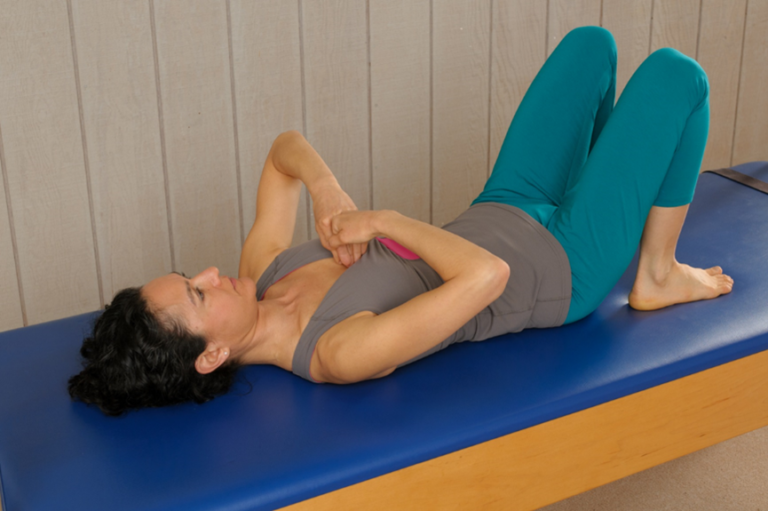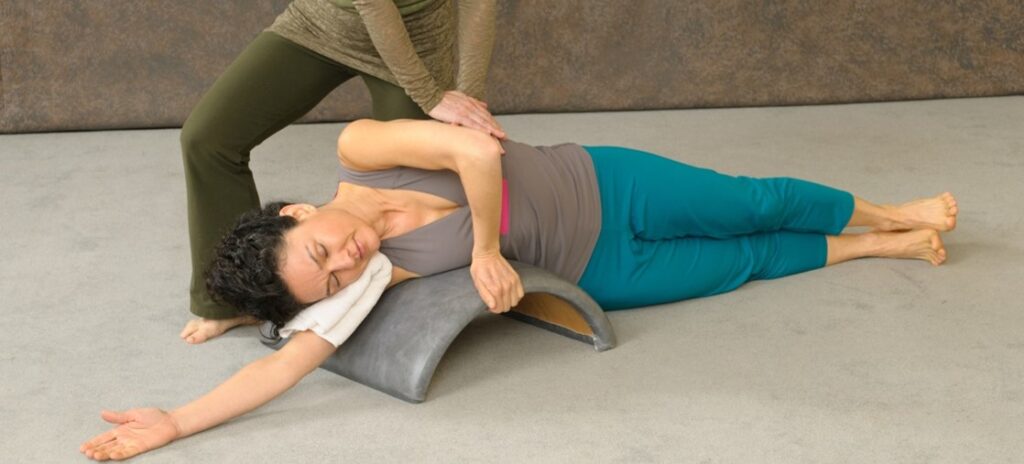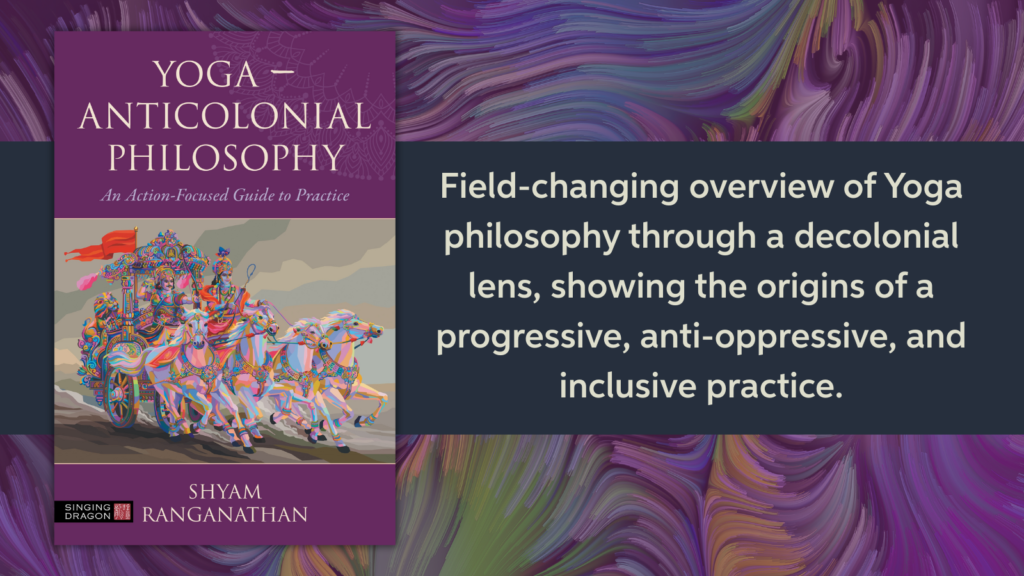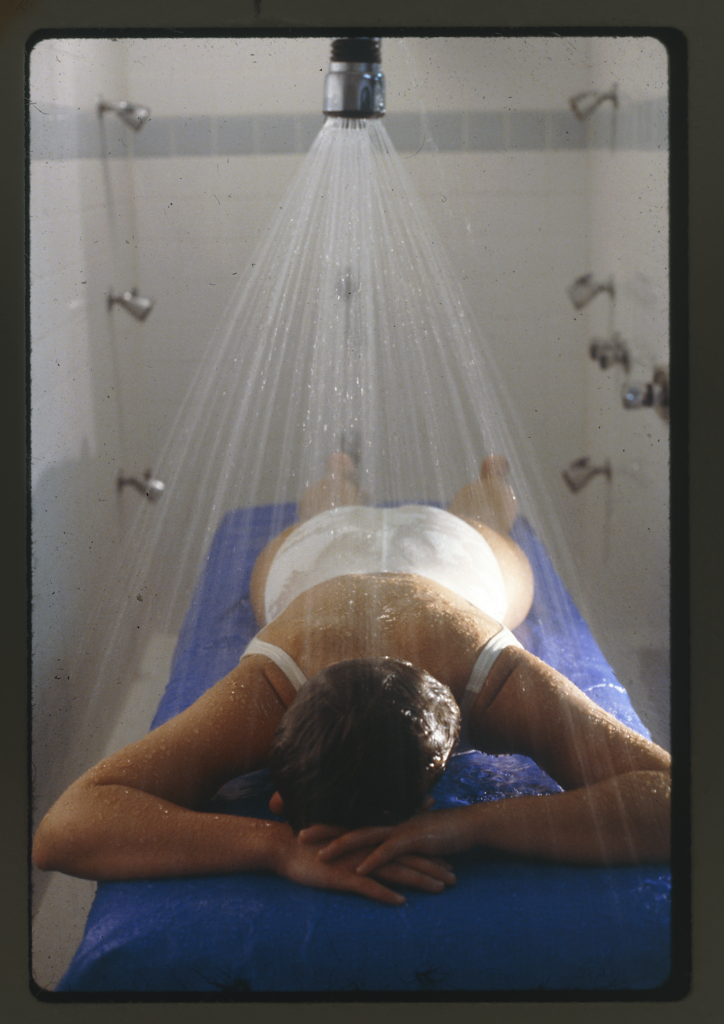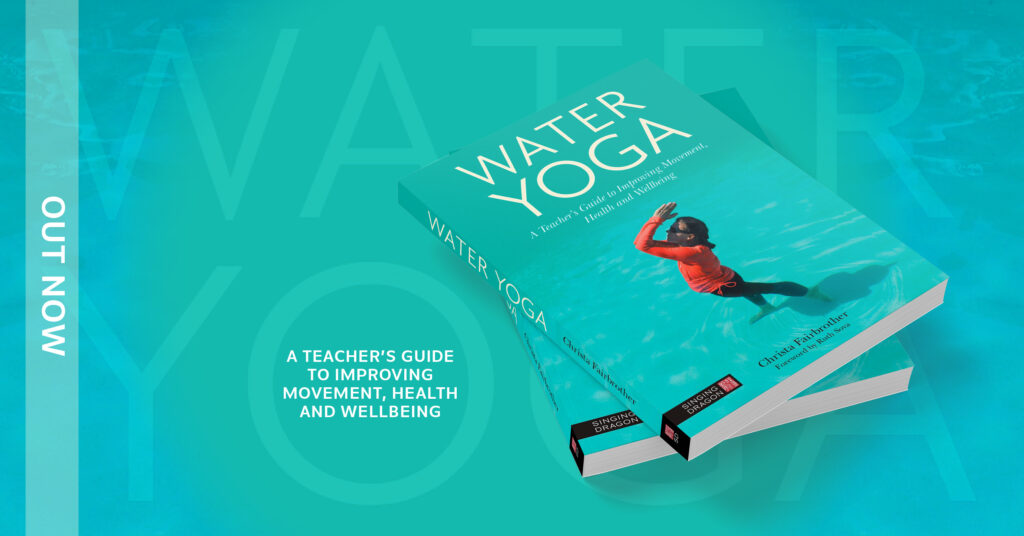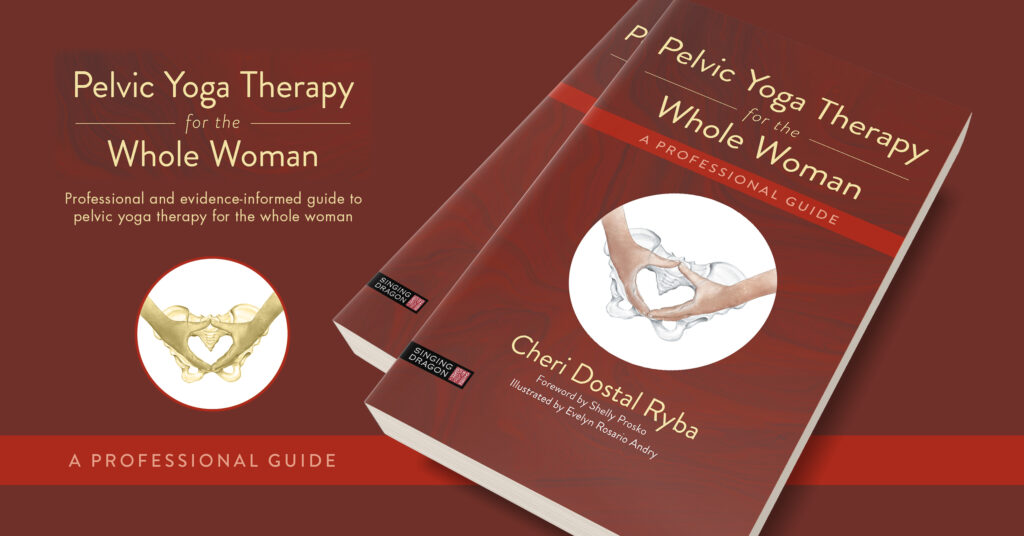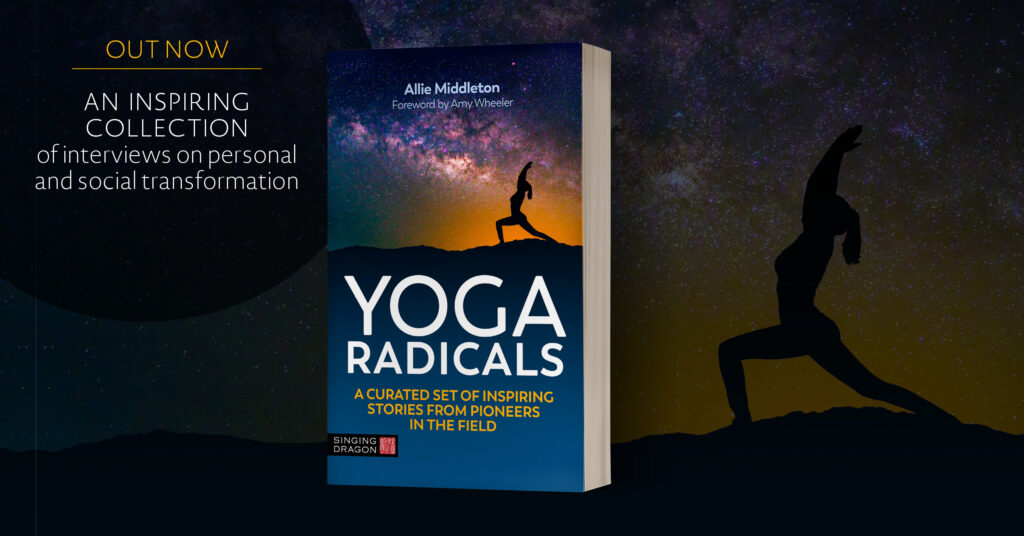This blog post was written by Lauri Nemetz, MA, BC-DMT, LCAT, ERYT, IAYT and author of The Myofascial System in Form and Movement.

Photo by author
The outdoors is my sanctuary, a space not only to move but also to think. I spend a lot of time near (and sometimes on) the Hudson River in my home state of New York. Standing at the river’s edge, one can notice how two realities meet: sand with debris and the water lapping against the shore. Neither cancels the other out; instead one shapes the other. The sand holds the imprint of the Hudson’s tidal waters as they ebb and flow, and the water continually moves and changes against the coast. The meeting place is liminal, a threshold between two realities, where one fades and the other takes shape. It represents both/and.
Nature rarely fits neatly into human categories. Multiple realities can coexist simultaneously, and contradictory patterns can coexist without canceling each other out. Systems adapt precisely because they hold paradoxes like stability and change, order and randomness. Fascia’s capacity to be both stiff and fluid is a perfect example. The natural world is full of edges like the shoreline that is a changeable boundary and bridge, separation and unity all at once. To look closely at fascia is to confront a paradox.
In my book I describe fascia as scaffolding, fabric, fractal, and flow. Its architecture is irregular yet patterned, ubiquitous throughout the body and expressed in both micro and macro forms, much as the rest of nature repeats patterns of connection. To keep fascia healthy, it benefits from varied qualities of movement, and diverse directionality to perform at its best.
More recently, in a paper with colleagues for the Journal of Anatomy (Stecco et al., 2025), we sought to bring clarity by describing fascia as a multiscale network that transmits force, supports organs, and participates in communication throughout the body. Should fascia be considered a tissue, an organ, or an entire system? Depending on the perspective, each is true, and we aimed to express that in language that would further bridge communication, particularly within the anatomy world.
Is fascia involved in life and movement? Absolutely. In fact, that is likely why, for years, medical dissections often left the broad areas of fascia “in the bucket” as their relevance to life and movement was difficult to see and conceptualize in embalmed tissue, which has a way of flattening out spatial relationships.

Photo of the author on the trail…movement is transportation for the body, and a means of expression
Of course, science alone is never the whole story. The writer Barry Lopez was known for his ideas that narrative is not just a form of communication but of connection. He expressed this in saying, “everything is held together with stories. That is all that is holding us together, stories and compassion” (Winter Count, 1981). How we tell that story matters, but we also need compassion for multiple perspectives. No single definition can hold the whole.
Stories, like fascia, create connections and sustain inquiry, spark debate and ultimately broaden our collective understanding. I am reminded that two (or more) realities can exist simultaneously. As an anatomist, I label the body in the same way I use a zip code to mail a letter, or call a friend by their name. We have a need to label things to gain clarity in discussion, but if we can hold multiple concepts, the world opens to further thought.
Liminal space, or that in-between state, is a place I like to move in, literally and metaphorically. Similarly, our understanding of fascia is enhanced through meaningful dialogue and exploration. Perhaps the lesson of fascia is also a lesson for us: resilience emerges not from rigidity in form, but from relationship. The body thrives when tissues glide, adapt, and communicate just as ideas and communities thrive when they remain open to exploration. To step into liminal space is to step into dialogue, to honor complexity rather than resisting it. In that threshold, understanding is no longer a destination but an unfolding. In the end, what connects us is our willingness to stay in the questions together.

Photo by the author
Use the code NEMETZ15 for a 15% discount on Nemetz’s newest book The Myofascial System in Form and Movement through the end of 2025
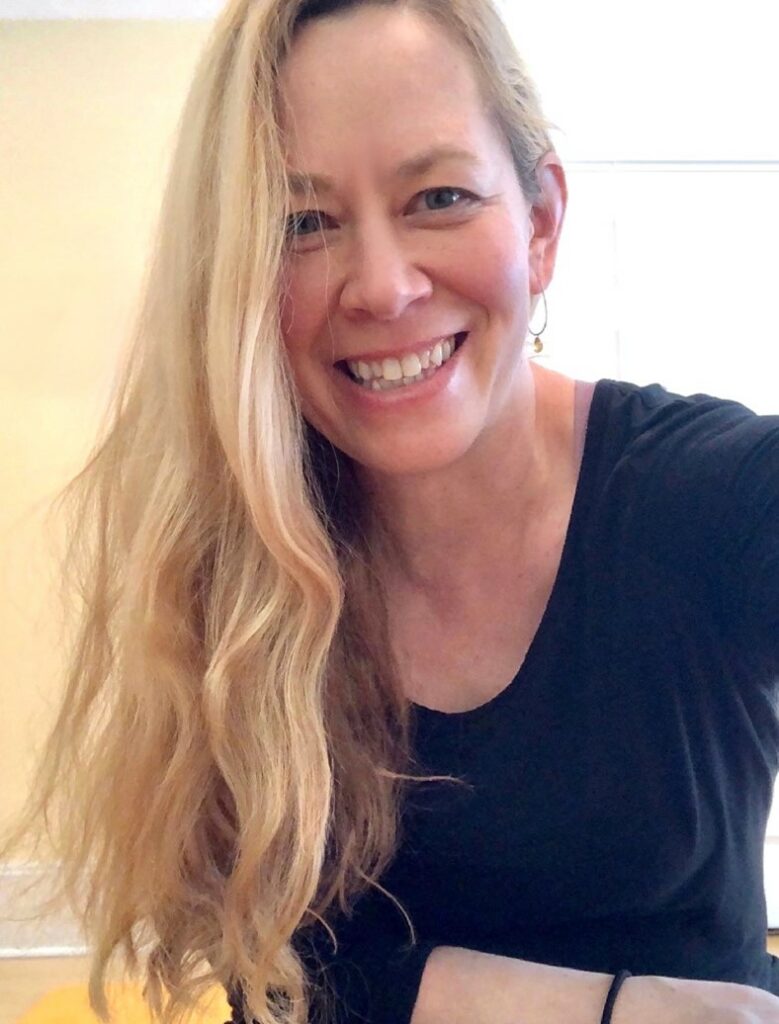
Laurice (Lauri) D. Nemetz is an Adjunct Professor at Pace University, Pleasantville, NY, 2020 Pace President’s award winner, and former Visiting Associate Professor at Rush Medical (2021-22). She is the author of The Myofascial System in Form and Movement and a contributor to other medical, yoga, and creative arts therapy books and articles, including The Journal of Anatomy (Stecco et al., January 2025). She is a past President of the Yoga Teachers Association and is also an internationally known dissector and presenter, teaching workshops for body therapists and teachers. She is working on a PhD in Contemporary Human Anatomy Education at the EVMS (Eastern Virginia Medical School) Macon & Joan Brock Virginia Health Sciences at Old Dominion University. Her interests include visual rhetoric or how visuals make meaning in anatomy education. More about her can be found at www.wellnessbridge.com and knmlabs.com

